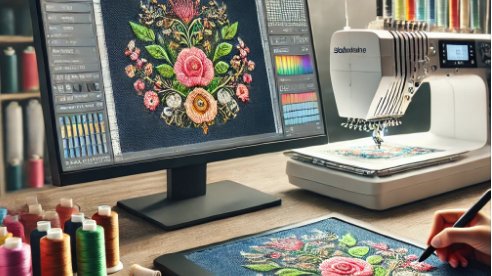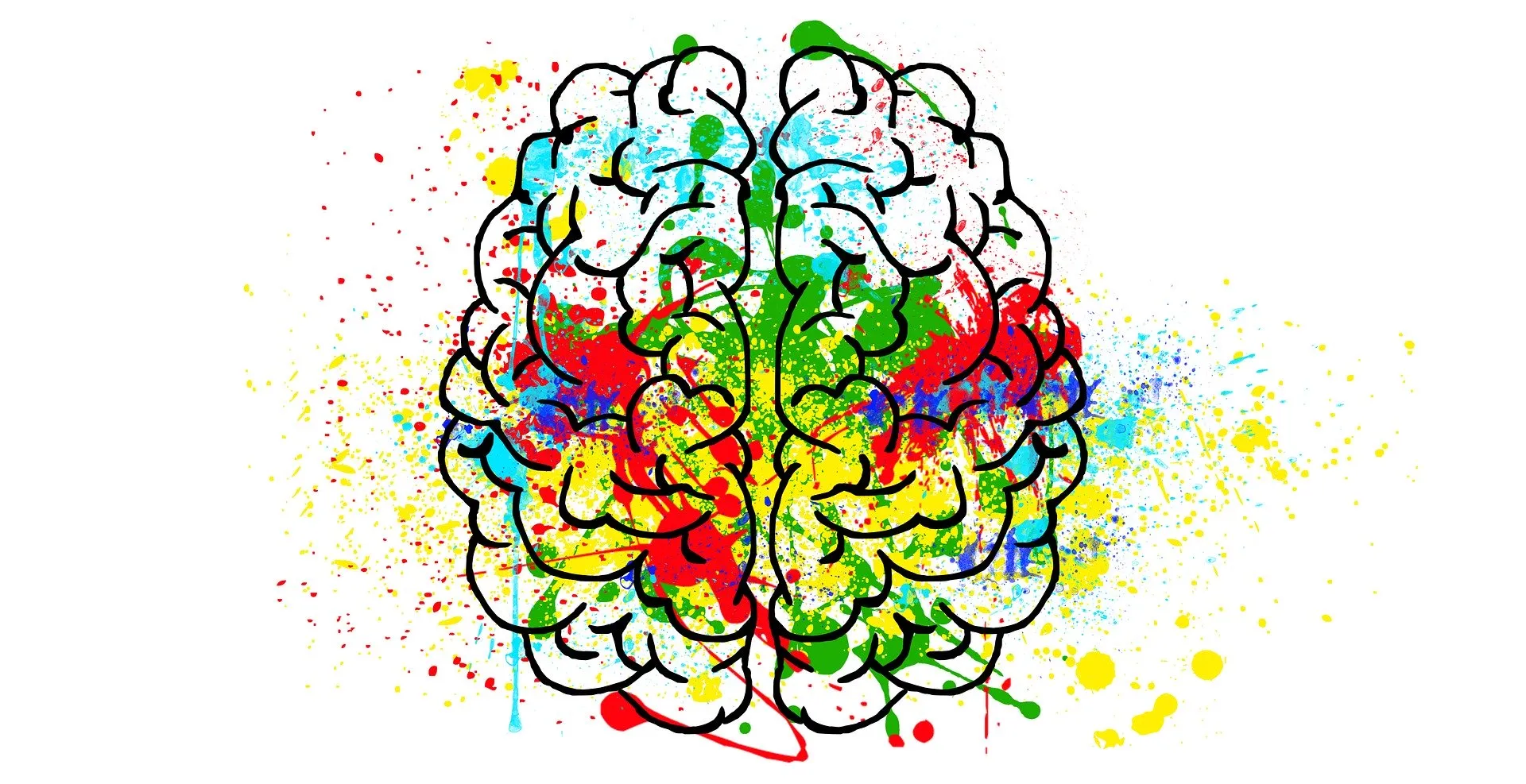Custom Embroidery Digitizing – Bring Your Designs to Life
Discover how custom embroidery digitizing brings your designs to life with precision and creativity. Learn the process, benefits, and applications in this comprehensive guide.

Embroidery has been a timeless art form, blending creativity with craftsmanship. But in today’s digital age, custom embroidery digitizing has taken this traditional craft to a whole new level. Whether you’re a business owner looking to brand your merchandise or an individual wanting to personalize a gift, embroidery digitizing is the key to turning your designs into stunning, stitch-perfect reality. In this article, we’ll explore what custom embroidery digitizing services is, how it works, and why it’s the ultimate solution for bringing your designs to life.
What is Custom Embroidery Digitizing?
Custom embroidery digitizing is the process of converting artwork or designs into a digital file that an embroidery machine can read. Think of it as translating a visual design into a language of stitches. This digital file contains instructions for the machine, such as stitch type, direction, density, and color sequence.
Unlike traditional embroidery, which is done entirely by hand, digitizing allows for precision, consistency, and scalability. Whether it’s a company logo, a monogram, or a intricate illustration, digitizing ensures that every detail is captured perfectly.
How Does Embroidery Digitizing Work?
The process of embroidery digitizing involves several steps, each crucial to achieving a high-quality result:
1. Design Analysis
The first step is to analyze the design. A professional digitizer examines the artwork to determine the best way to translate it into stitches. Factors like size, complexity, and fabric type are considered to ensure the final embroidery looks flawless.
2. Choosing the Right Software
Specialized embroidery digitizing software is used to create the digital file. Programs like Wilcom, Pulse, or Hatch are popular choices for their advanced features and user-friendly interfaces.
3. Mapping the Stitches
The digitizer maps out the design by assigning stitch types (like satin, fill, or running stitches) to different areas of the artwork. They also set the stitch direction, density, and underlay to ensure the design is stable and visually appealing.
4. Testing the Design
Once the digital file is created, it’s tested on a sample fabric. This step helps identify any issues, such as thread breaks or misaligned stitches, so adjustments can be made before the final production.
5. Finalizing the File
After testing and refining, the digitized file is ready to be used by an embroidery machine. The result? A beautifully stitched design that brings your vision to life.
Why Choose Custom Embroidery Digitizing?
1. Precision and Detail
Hand embroidery can be inconsistent, especially with complex designs. Digitizing ensures every stitch is precise, capturing even the tiniest details of your artwork.
2. Consistency Across Multiple Items
If you’re producing embroidered items in bulk, digitizing guarantees uniformity. Whether it’s 10 or 1,000 pieces, each item will look exactly the same.
3. Versatility
Custom embroidery digitizing works on a wide range of fabrics and materials, from cotton and polyester to leather and denim. This versatility makes it ideal for everything from apparel and hats to bags and home decor.
4. Time and Cost Efficiency
While hand embroidery is time-consuming and labor-intensive, digitizing speeds up the process without compromising quality. It’s also cost-effective for large orders, making it a smart choice for businesses.
5. Personalization
Digitizing allows for endless customization. Whether it’s a name, logo, or unique artwork, you can create one-of-a-kind designs that reflect your style or brand identity.
Applications of Custom Embroidery Digitizing
Custom embroidery digitizing has a wide range of applications, making it a valuable tool for both personal and professional use.
1. Branding and Marketing
Businesses use embroidered logos on uniforms, caps, and promotional items to create a professional and memorable brand image. Digitizing ensures the logo looks sharp and consistent across all items.
2. Fashion and Apparel
From custom jackets to personalized denim, embroidery adds a unique touch to clothing. Digitizing allows designers to experiment with intricate patterns and textures.
3. Sports Teams and Clubs
Team jerseys, caps, and bags often feature embroidered logos or player names. Digitizing ensures these designs are durable and withstand the rigors of sports activities.
4. Gifts and Keepsakes
Embroidered items like monogrammed towels, personalized pillows, or custom baby blankets make heartfelt gifts. Digitizing adds a special touch that recipients will cherish.
5. Home Decor
Embroidered designs can elevate home decor items like curtains, tablecloths, and cushion covers. Digitizing allows for intricate patterns that enhance the aesthetic appeal of any space.
Tips for Successful Embroidery Digitizing
To get the best results from custom embroidery digitizing, keep these tips in mind:
1. Start with High-Quality Artwork
The quality of the final embroidery depends on the quality of the original design. Use high-resolution images or vector files for the best results.
2. Choose the Right Fabric
Different fabrics require different stitch settings. Discuss your fabric choice with your digitizer to ensure the design translates well.
3. Keep It Simple
While digitizing can handle complex designs, simpler designs often look cleaner and more professional. Avoid overly intricate details unless necessary.
4. Work with Professionals
If you’re new to embroidery digitizing, partnering with an experienced digitizer can save you time and ensure a flawless result.
5. Test Before Production
Always test the digitized design on a sample fabric before proceeding with the full order. This step helps catch any issues early on.
The Future of Embroidery Digitizing
As technology continues to evolve, so does the world of embroidery digitizing. Advances in software and machinery are making the process faster, more accurate, and more accessible. Features like 3D embroidery and automated digitizing are pushing the boundaries of what’s possible, opening up new creative possibilities for designers and businesses alike.
Conclusion
Custom embroidery digitizing is the bridge between imagination and reality. It transforms your designs into beautifully stitched creations, whether for personal use or business purposes. With its precision, versatility, and efficiency, digitizing has revolutionized the embroidery industry, making it easier than ever to bring your ideas to life.
So, whether you’re looking to brand your business, personalize a gift, or simply explore your creativity, custom embroidery digitizing is the ultimate solution. Ready to get started? Find a professional digitizer today and watch your designs come to life, one stitch at a time.
What's Your Reaction?




















.jpg)